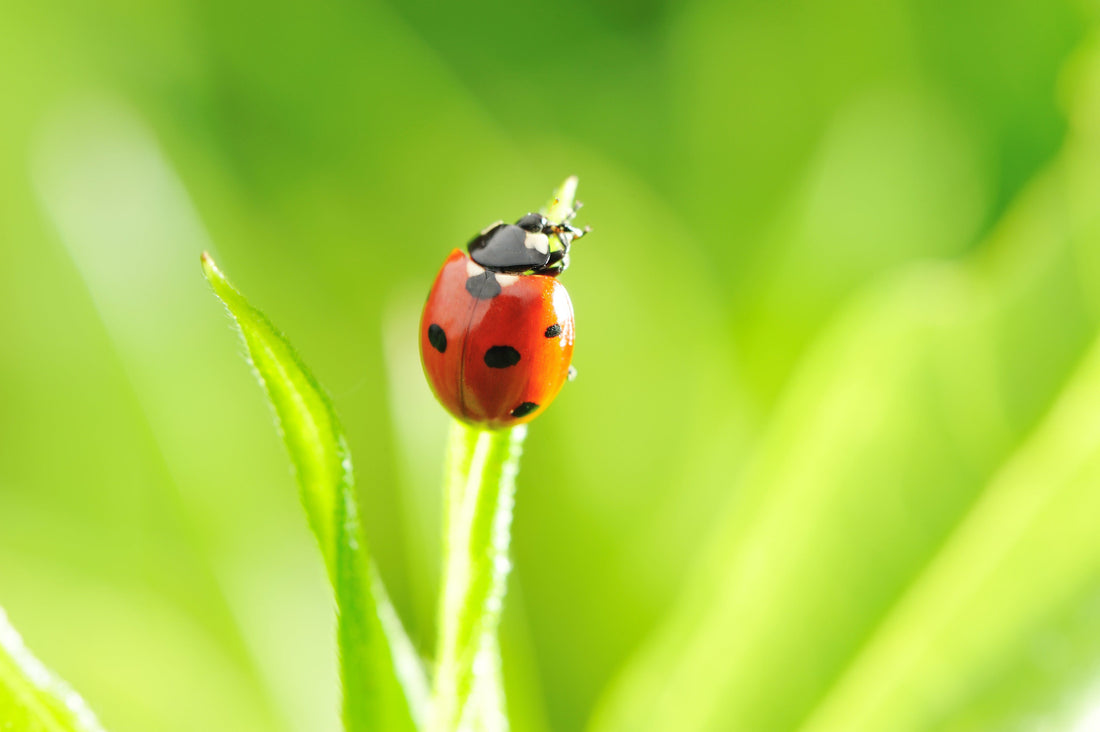Biological Pest Control

Chemical pesticides don't have a good reputation. Some of which is justified as chemicals such as DDT has been detrimental both to health and the environment. Modern agriculture is very dependent on them in order to produce the maximum amount of food possible, which in turn allows for more wilderness not having to be turned into farmland in order to feed our growing population.

Regardless of how we feel about them, pretty much everyone agrees that we should use as little chemical pesticide as possible. Biological pest control has potential to lessen pesticide usage but it has its limitations. In this post we'll go through some of the common types with their advantages and limitations.
First off a general advantage is that because these are living organisms that they self replicate and their populations on the crop has potential to increase over time, which in addition to added safety also saves money in the long run.
Keep in mind when using biologicals that they make better preventatives than they do cures. That means that if the population of a pest is out of control the biological won't likely replicate fast enough to stop it.
Predators
These are typically insects which will hunt down and eat insect pests, and each one will typically consume large numbers during their lifetimes. Examples include lady bugs and predator mites. They're generally slow to reproduce however and can be vulnerable to chemical pesticides.
*Did You Know*
It is possible for biological controls to go horribly wrong and have the predator be far worse than the insect it's meant to control. An example of this is the cane toad in Australia, it was introduced to control the greyback cane beetle in sugar cane. The toad wasn't able to consume the beetle as it was found on the upper part of the plant and the toad stayed at ground level. It did wind up taking over the habitat of native amphibians and because it's toxic predators would be poisoned when they tried to eat it.

Parasitoids
This category is represented pretty much exclusively by parasitic wasps lay their eggs in the body of the pest. Eventually the larvae will kill the pest and grow up into the next generation of wasp. Caterpillars, aphids and whiteflies all have species of wasp that infect them. Like predators they can be slow to replicate and may be vulnerable to insecticides.
Microbes
Also know as biopesticides, this includes viruses, bacteria, and fungi. When used against an insect pest, the theory is that they will cause a disease in their host killing it. Bacillus thuringiensis is the best known example of this and is widely used in controlling mosquitoes and caterpillars where it produces a toxin which attacks the gut of the insect.
Fungal pathogens can also be controlled in this manner. The biological control will colonize the plant forming a symbiotic relationship. It will compete for space as well as produce chemicals which inhibits its growth. For example Bacillus subtilis can protect the root zone from attacks by Pythium.

There are different ways in which a biological control can be implemented.
Importation: Introducing a nonnative species into the environment to control the pest.
Augmentation: Breeding and releasing a biological control agent which already exists in the environment in order to boost their numbers.
Conservation: Setting up a habitat or giving food to naturally occurring biocontrol agents in order to expand their populations.
There is no magic bullet solution for controlling pests, but implementing biological control methods into crop production can be a cost effective and environmentally friendly way to curb pest populations. The most important thing to remember is that once the pest is firmly established the biological control is unlikely to have much effect. Biological control should be used as a preventative and not as cure.
